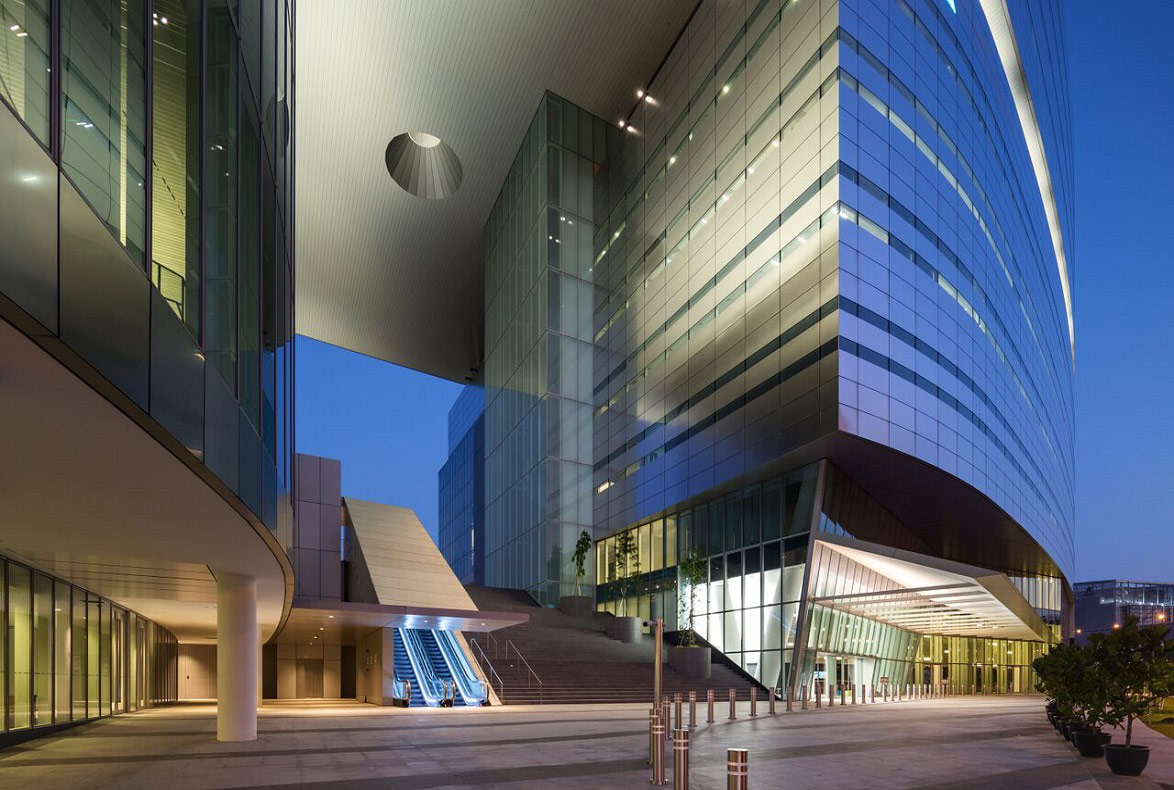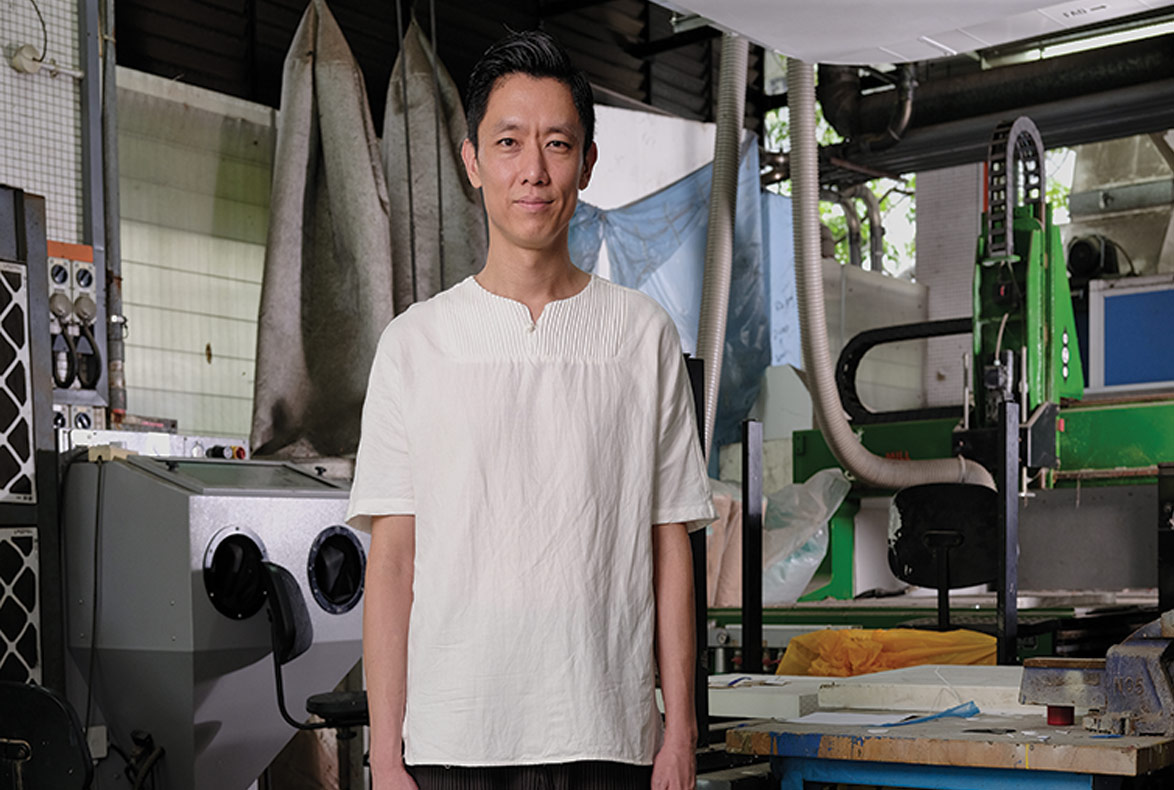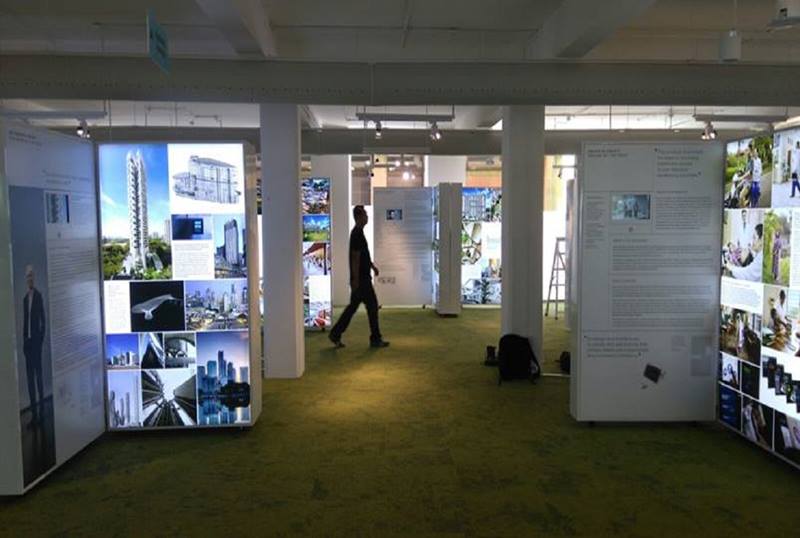My Favourite Books: Mr Franklin Po, recipient of President's Design Award 2015
This is a bimonthly series of book recommendations by President*s Design Award recipients, brought to you by the DesignSingapore Council, Urban Redevelopment Authority, and library@orchard.
Founded in 1995 by Franklin Po, Tierra Design is a firm that champions urban vertical greening. Franklin and his team design intricate structures that allow green walls to stretch, for example, 300 metres at Changi Airport’s Terminal 3 or to rise luxuriantly indoors for seven storeys at 158 Cecil Street. Franklin began landscape architecture in Singapore at a time when landscaping meant little more than planting a few evergreens and laying the turf. Backed by his multi-disciplinary training and decades of experience, Franklin’s work at Tierra Design now incorporates landscape architecture, architecture and urban planning into a hybrid known as landscape urbanism.
Here, Franklin Po, President*s Design Award (P*DA) 2018 Juror and Recipient of PDA 2015 Designer of the Year, recommends two of his favourite architecture books:
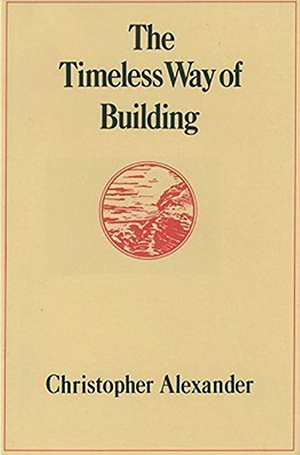
The Timeless Way of Building
Author: Christopher Alexander
Location: Reference Art (Lee Kong Chian Reference Library Level 8)
Call no.: English 720.1 ALE
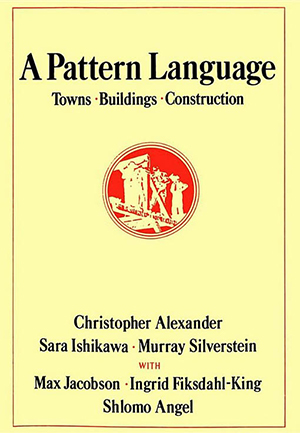
A Pattern Language: towns, buildings, construction
Authors: Christopher Alexander, Sara Ishikawa and Murray Silverstein
Location: Reference Art (Lee Kong Chian Reference Library Level 8)
Call no.: English 720.1 ALE
These are two of the most important books on architecture, urban design and life – or what we now call “liveability”. These two books paint a picture of what meaningfulness is. They elucidate, for example, how windows can define the building as a home or an office, and why this is important for those who design such spaces. These books do not provide the formulae on how to design, but they pave the way for understanding how to look contextually at a site, the different parts of a building, how they relate to one another, and how to find meaning in the design process.
These books are masterfully written and bring out Christopher Alexander’s philosophy on architecture, building and planning. He articulates his thoughts in language that is dense and steeped in poetic, almost spiritual terminology, which sometimes can take a while to unpack. Yet it is clear that for Alexander, this sense of the ineffable, or what he calls “quality without a name”, is precisely what good architecture is or should aspire towards. It is this un-nameable quality that guides architects to design gardens integrated with buildings within cities, and to create inclusive environments which can make us truly feel alive, free, and unselfconscious.
The librarians from library@orchard also recommend these three titles books that explore the intersection of architecture and theory.
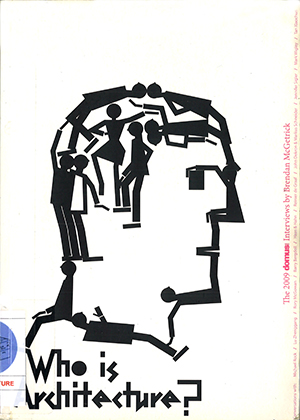
Who is Architecture?: Conversations on the Borders of Building
Creator: Brendan McGetrick
Location: Space Design, Architecture
Call no.: English 720 MAC
Who is Architecture? celebrates architects by removing them from the equation. Gathered here are a series of interviews with people whose professions are along the periphery of architecture – engineers, developers, a photographer, a graphic designer – the people whom the architect must nonetheless depend on to complete any project. Together, these interviews offer a more inclusive approach to architectural discourse and a new way of looking at the role of an architect.
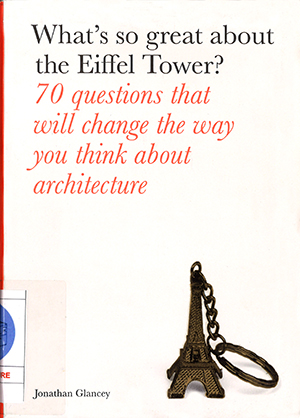
What’s So Great About the Eiffel Tower?: 70 Questions That Will Change the Way You Think About Architecture
Editors: Jonathan Glancey
Location: Space Design, Architecture
Call no.: English 720 GLA
Specific buildings have different meanings for different cultures and generations. Why was the Eiffel Tower considered a monstrosity when it was first built? Should Venice be a museum or a living city? Why was Le Corbusier, one of the greatest architects, treated as a villain? Through 70 thought-provoking questions and short essays, author Jonathan Glancey discusses architectural history and theory to present a re-visioning of some of the world’s most architectural masterpieces.

Architecture Depends
Creator: Jeremy Till
Location: Space Design, Architecture
Call no.: English 720.1 TIL
Architect and critic Jeremy Till assert boldly that architecture depends on people, time, ethics, “messiness”, and the real world. With Architecture Depends, Till proposes that architecture is dependent on things outside of itself, and should not be considered an autonomous practice, where architects work in imagery seductive to other architects, but are unintelligible to others. Using anecdotes, social theory and personal experience, Till argues that architecture’s dependency on external and social factors means that it has transformative potential, beyond just finding solutions to design problems.
Advocating for “architectural intelligence” instead of “architectural knowledge”, Architecture Depends provides an alternative introduction to a discipline understood by few, but which affects everyone. Architecture Depends can open your mind in ways you’ve never imagined. A refreshing read that offers a critical insight to current architectural practice and questions relative to future practice.
The recommended titles are available from library@orchard and other public libraries, unless otherwise stated.
